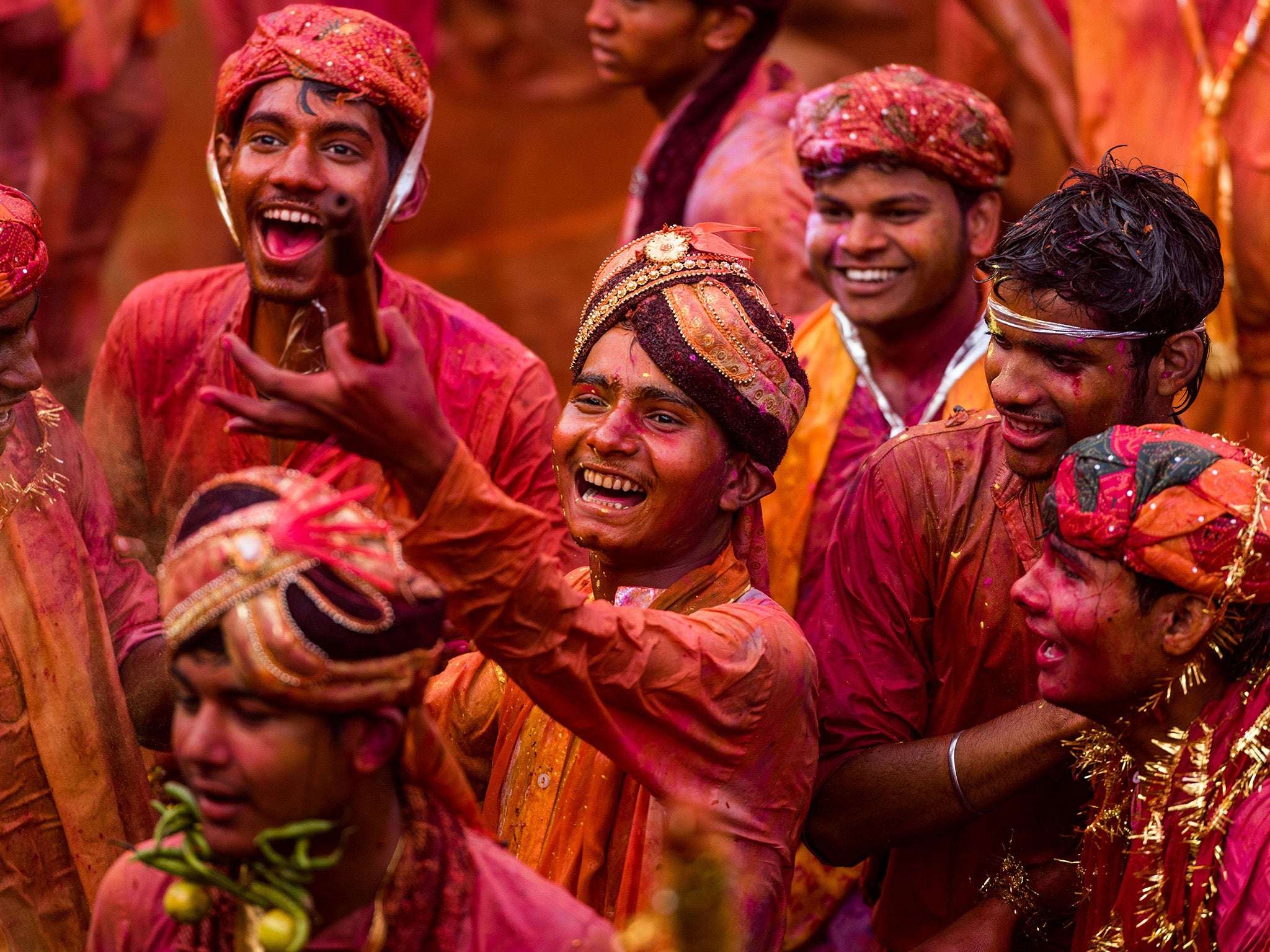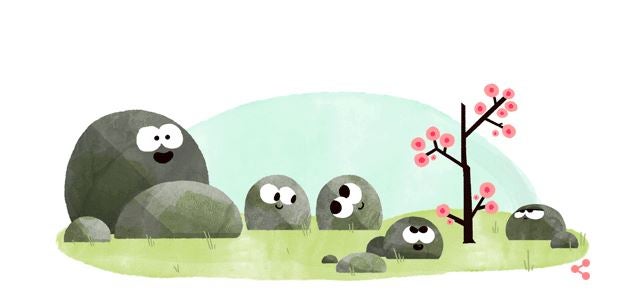First day of spring: What is the Vernal Equinox?
A guide to what the astronomical event means and how people mark it around the world

Today marks the Vernal Equinox - an astronomical event which marks the beginning of spring in the northern hemisphere.
When is the first day of spring?
The first day of astronomical spring in the northern hemisphere in 2016 is on 20 March as it is the day when daytime and nighttime are of approximately equal length.
It typically happens on 19, 20 or 21 March every year.
Spring starts in September south of the equator on the same day as the north marks the start of Autumn.
What is the Vernal Equinox and why is it called that?
The word "Vernal" is derived from the Latin word for spring and it is one of two that occur every year - the other being the Autumnal Equinox in September.
The two equinox mark the moment the Sun crosses the celestial equator - the imaginary line running through the centre of the globe - from south to north.
What happens on an equinox?
In Latin it literally means "Equal night" (Equi means equal and nox means night) because it means there are roughly 12 hours of daylight and 12 hours of night everywhere in the world.
As the Earth is on a slight tilt, during the rest of the year there is slightly more day or night depending on where you are in the world.

This is why it starts getting darker earlier as winter progresses.
The equinox are in contrast to the Summer and Winter solistices - which happened in June and December - which means the Sun has reached either its highest or lowest point relative to the equator and you get either the longest or shortest day.
How is it celebrated around the world?
The Vernal equinox marks the start of spring, which has traditionally symbolised birth, renewal and fresh starts.
Ancient Christianity tied the celebration of Easter - where Jesus is believed to have died and been reborn - with the Vernal Equinox in the northern hemisphere because it coincided with pagan celebrations of rebirth and renewal.
Spring has traditionally been the planting season as the ground thaws and the daylight hours become longer so crops can grow.
In Japan, both equinox are national holidays and are seen as the days to worship ancestors.
In India, an ancient Hindu festival known as Holi is celebrated. It marks the victory of good - or light - over evil - or dark.
It is also known as the "festival of colours" as people celebrate by throwing brightly coloured powder at each other.
In Iran, people celebrate Nowruz - or Persian New Year - which marks the "beginning of the light" and is approximately 3,000 years old.
Join our commenting forum
Join thought-provoking conversations, follow other Independent readers and see their replies
Comments